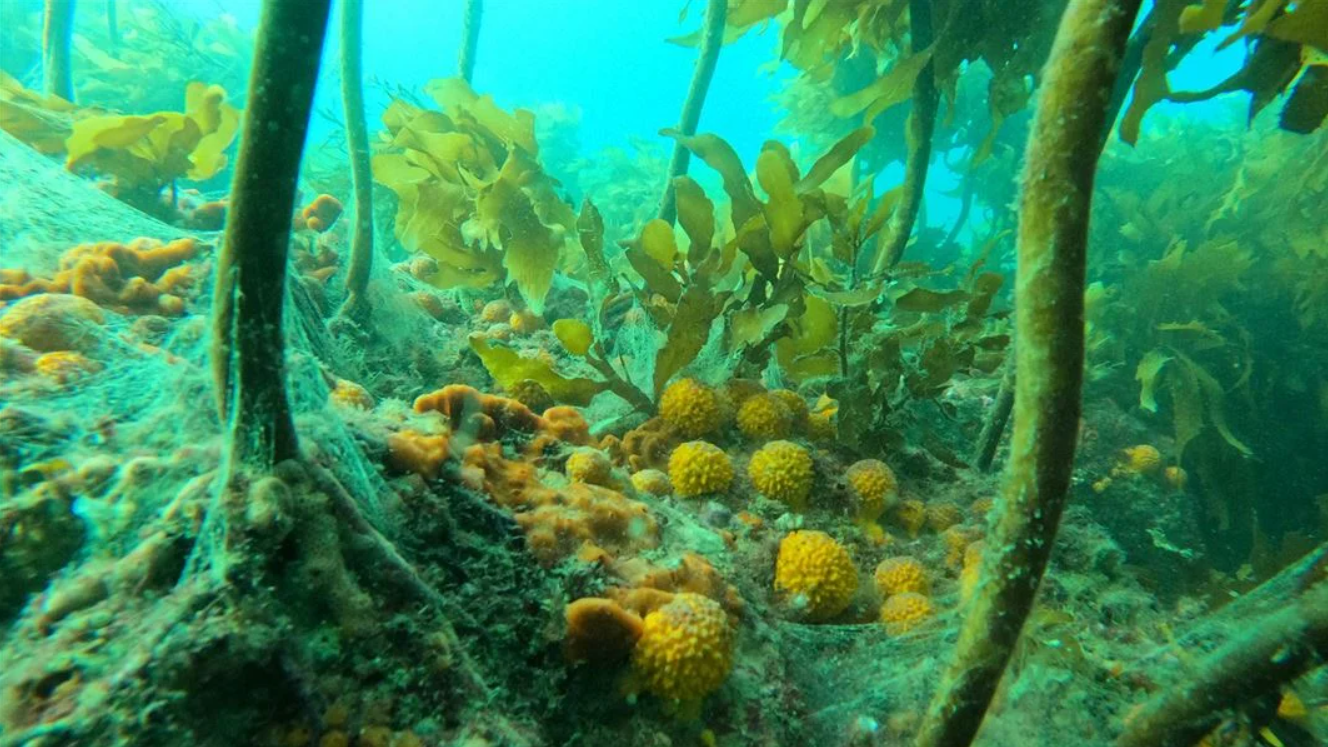The Hauraki Gulf Tīkapa Moana Marine Protection Act was passed into law by Parliament on October 8, providing greater protections to 800km of the Gulf’s sea habitats.
The Act will extend the existing Te Whanganui-o-Hei/Cathedral Cove and Cape Rodney-Okakari Point marine reserves. It will also introduce five seafloor protection areas, where activities which disturb seafloor habitats are excluded; and 12 high protection areas, prohibiting commercial and recreational fishing.
The Act still allows for active restoration activities with a permit, and customary rights of tangata whenua with written authorisation from a Tangata Kaitiaki (local guardian or trustee), within the protected areas.
There is also provision in the Act for a limited amount of ring-net fishing within the high protection areas; however Conservation Minister Tama Potaka said the impact of this would be minimal.
“Limited local ring-net fishing for common species will only be allowed in three per cent of the total protected area. This will be reviewed after three years,” he said.
The Department of Conservation (DOC) said the Act would triple protection in the Gulf, from six per cent to about 18 per cent.
“This will support the recovery of some of its most biodiverse regions, including its nearshore areas and deep reefs,” DOC said.
“The protection areas are only one part [of] the Revitalising the Gulf plan. Others are being rolled out, including fisheries measures, work to restore natural habitats and address land-based impacts.”
Coromandel MP Scott Simpson said it was the biggest boost to marine protection in nearly 50 years.
“A healthy Hauraki Gulf is essential to our region, and this Bill ensures that it is getting the
care it deserves.”
The Hauraki Gulf/Tīkapa Moana Marine Protection Act is a culmination of a decade of work by iwi, environmental groups, fishers, tourism operators and other community groups, which began with the Sea Change Tai Timu Tai Pari plan in 2013.
It will come into force before the end of 2025.





